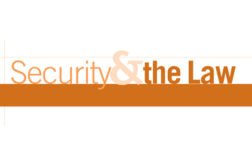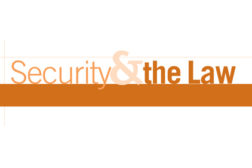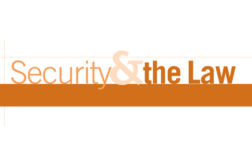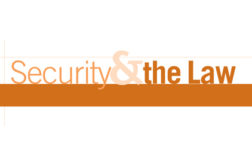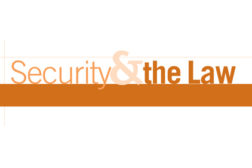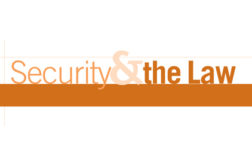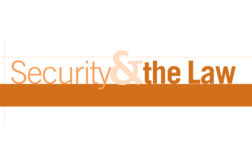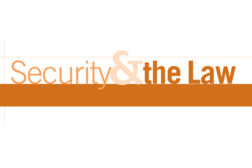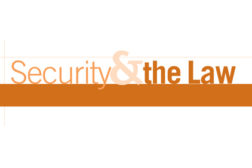Security & the Law
Does Contract Provide Protection from Failed System?
Read More
City Put Out of Fire Business: Part 2
In this two-part series, Les Gold expertly breaks down a major case for the fire alarm industry
December 13, 2013
Lisle-Woodridge Put Out of Fire System Monitoring Business: Part 1
In this two-part series, Les Gold expertly breaks down a major case for the fire alarm industry involving the Lisle-Woodridge Fire Protection District.
November 14, 2013
Court Strikes Down City Code Restricting Approved Fire Signaling Devices and Systems
Court Strikes Down City Code
September 1, 2013
Can Alarm Company Limit Its Liability?
Can Alarm Company Limit Its Liability?
August 1, 2013
Does Insurance Protect Against Ponzi Scheme?
Does Insurance Protect Against Ponzi Scheme?
July 18, 2013
Did Payment Start the Statute of Limitations?
In a recent case in Connecticut, the issue was raised about when a statute of limitations begins to run.
June 10, 2013
Multiple Allegations, But Do Any Stick?
Does contract protection against multiple allegations?
May 15, 2013
Be in the forefront of security intelligence when you receive SDM.
Join over 10,000+ professionals when you subscribe today.
SIGN UP TODAY!Copyright ©2024. All Rights Reserved BNP Media.
Design, CMS, Hosting & Web Development :: ePublishing
